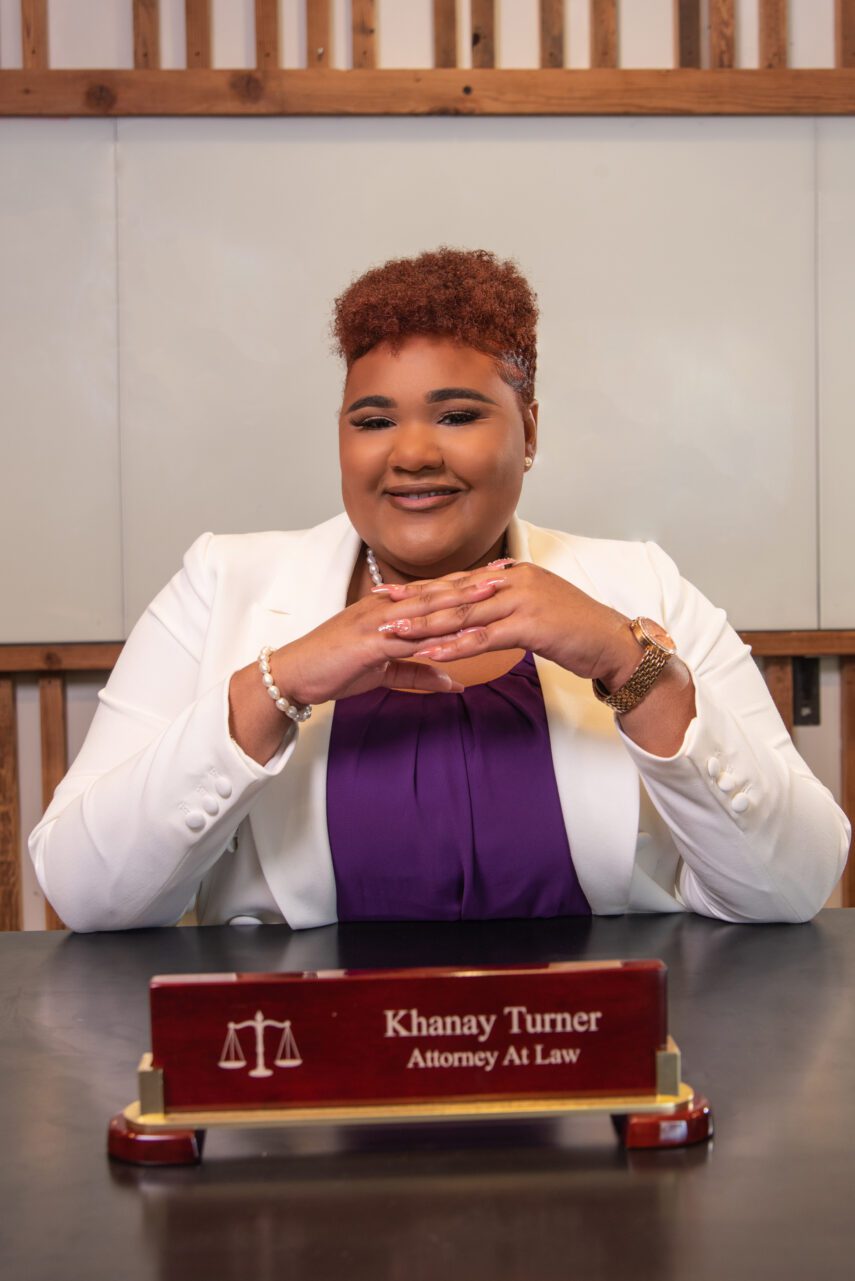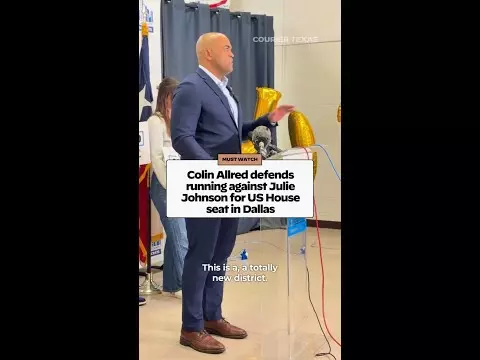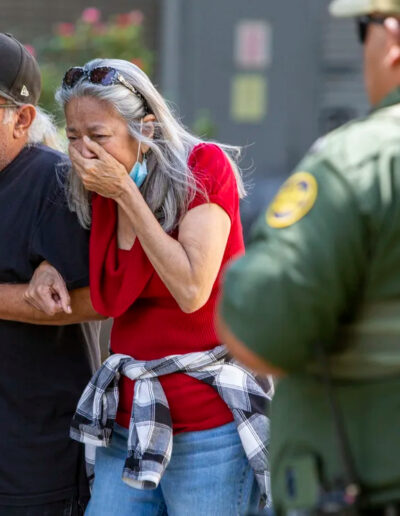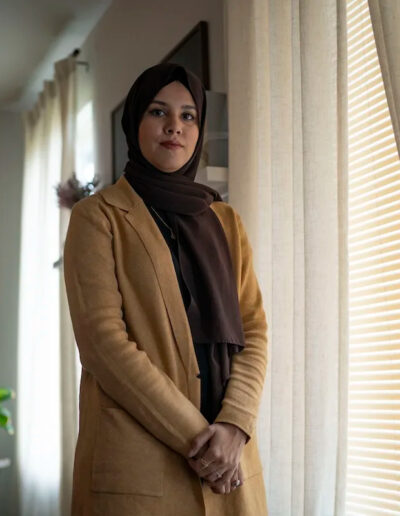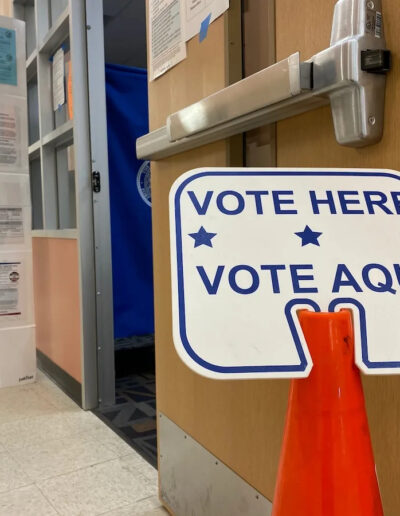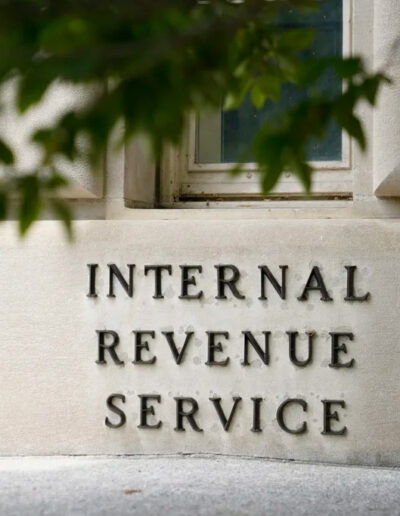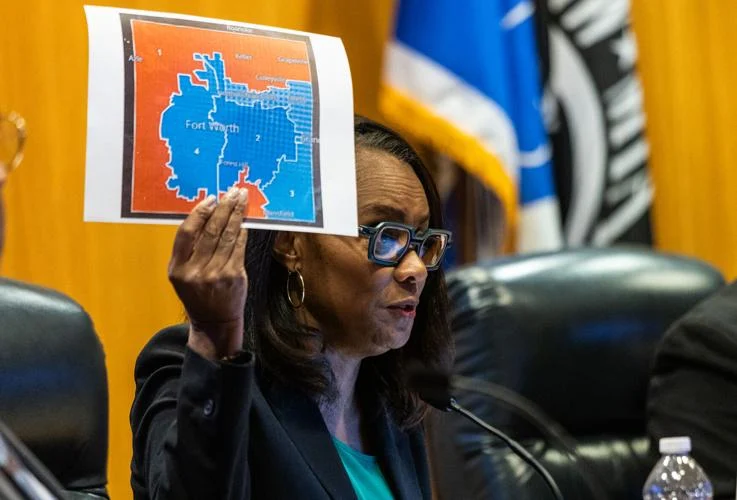
Photo by Joel Solis
I was born and raised in Precinct 1 of Tarrant County. I’ve seen our communities grow, organize, vote, and—finally—elect leaders who reflect our values, needs, and lived experiences. On June 3, however, I also witnessed something deeply troubling: the local government turned its back on the people it was elected to serve.
That day, 243 residents signed up to speak at the Tarrant County Commissioners Court meeting. Of those who spoke, 119 opposed the mid-decade redistricting maps, which would tear apart Precincts 1 and 2—the very heart of Black and brown political representation in our county. Their concerns were clear: this redistricting is not about fairness or demographic shifts. It is about political power—a direct attempt to dilute the voices of people of color.
Still, Judge Tim O’Hare ignored the overwhelming public outcry. In a move that disrespected democratic norms and due process, he allowed a last-minute introduction of Map 7—a redistricting plan provided by the Public Interest Legal Foundation (PILF), a legal group known for undermining the Voting Rights Act and promoting election denialism.
Most redistricting efforts involve months of public review and transparency. This one was rushed through with less than 24 hours’ notice—no public hearings, no opportunity for community analysis. Even the commissioners had limited time to review it. There was no accountability, just a predetermined political play.
The consequences of that vote are devastating.
Map 7 strips Precincts 1 and 2 of critical economic and civic assets. It removes Downtown Fort Worth, the largest and most vital urban center in the county, and places it into Precinct 4, a district with a lower population of voters of color. It also removes the Arlington Entertainment District, home to Globe Life Field and AT&T Stadium, and shifts it to Precinct 3—again, a district with fewer Black and brown residents. These areas are not just symbolic centers of pride—they are economic engines that drive funding for schools, infrastructure, and public services in Precincts 1 and 2.
Tarrant is the third-largest county in Texas, and it is now a majority-minority community. From 2010 to 2020, the Black and Hispanic population increased by more than 220,000 people, making up over 60% of the county. Communities of color have become more engaged and more empowered—and that has shifted the political landscape. This map is a reaction to that progress. It is designed to reverse our gains, not reflect our growth.
This redistricting isn’t about demographics or resources—it’s about silencing thousands of Black, Latino, Asian, and immigrant voters who have worked hard to find their political voices. And at its core, it’s not just unethical—it’s unconstitutional.
This map is designed to “crack and pack” minority voters—a tactic that dilutes voting power by either splitting communities into multiple districts or concentrating them so heavily that their influence is limited. Commissioners Roderick Miles and Alisa Simmons, both Black leaders elected by majority-minority precincts, are the clear targets. This makes their constituents, people like me, into collateral damage.
Even worse, Map 7 was adopted without adequate preparation for the consequences. There was no public planning regarding the transition contracts, offices, infrastructure projects, or inter-city agreements to fit the new district lines. It was governance by ambush… reckless and politically motivated.
The U.S. Supreme Court has ruled in cases like Shaw v. Reno and Cooper v. Harris that racial gerrymandering, when race is the predominant factor in drawing district lines, is a violation of the Equal Protection Clause of the 14th Amendment. Furthermore, these changes likely violate Section 2 of the Voting Rights Act, which prohibits voting practices that result in racial discrimination. That’s why we took legal action less than 24 hours later, with federal complaints filed on June 4 challenging the map’s legality.
We at the Barbara Jordan Leadership Institute (BJLI)—a nonprofit committed to civic engagement and leadership development—will not stay silent. We are actively educating voters about what this redistricting means to their neighborhoods and communities, and how they can take part in litigation. We’re partnering with community groups, faith leaders, and grassroots advocates to mobilize resistance through the ballot box in upcoming elections. In 2026, the county judge and commissioners for Precinct 2 and 4 will be on the ballot. We will help them to be vocal when it comes to 2030 redistricting and prepare future leaders to understand the systems that try to oppress them.
Let me be clear: this is not just a legal fight. This is a fight for the soul of Tarrant County.
In 2018, Precinct 2 elected Devan Allen, the first Black woman commissioner. In 2022, Alisa Simmons continued that legacy. This year, Roderick Miles was elected in Precinct 1, following decades of leadership by Commissioner Roy C. Brooks. These are not anomalies—they are the result of consistent organizing, voter turnout, and a population ready to shape its own future.
We will not allow those victories to be undone by political gamesmanship and racial fearmongering.
We are part of prayer and part of action. We are watching, organizing, and preparing for the next step. Whether in courtrooms or at the ballot box, we will continue to speak out, fight back, and move forward.
Tarrant County deserves better—and we’re going to make sure it gets it.




